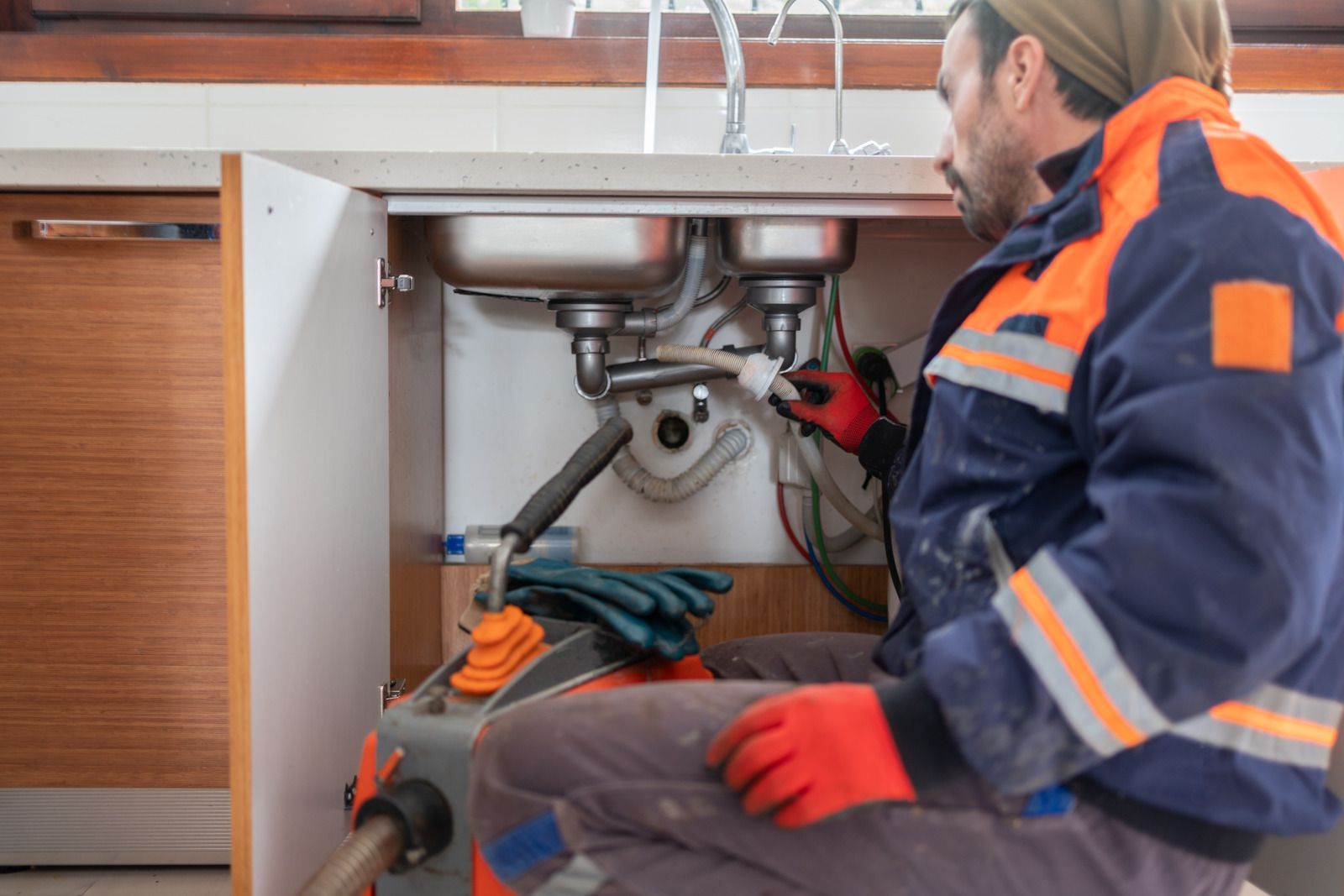5 Signs That Your Main Sewer Line Needs to Be Replaced
The main sewer line is a crucial part of your home’s plumbing system, responsible for transferring wastewater from your home to the city’s sewer system or your septic tank. Over time, this pipe can become damaged or clogged because of wear and tear, tree root growth, or any other issues. When this happens, it can be a serious problem that leaves an impact on your daily life, from slow drains to foul odors and even structural damage. Recognizing the signs that your
sewer line needs replacement is key to avoiding expensive repairs and protecting your home. Ignoring these issues can lead to major costly problems down the road. In this blog, we will discuss 5 signs when your main sewer lines need to be replaced so that you can take action as early as possible to avoid a major problem in your plumbing system.
Frequent Clogs
Although clogs are a usual problem, they can frequently indicate a significant condition. If you find that your sinks, showers, or toilets keep clogging, it might be the main sewer line is failing. Simple blockages usually affect one drain, but if multiple drains are backing up at once, it indicates a larger problem within the sewer system. Constant clogs are often a sign of tree roots or debris blocking the sewer pipe. In such cases, a repair might not be enough, and you may need a full replacement.
Slow Draining
Your sewer line may be beginning to deteriorate if the water in your sinks, bathtubs, or toilets drains slowly. When garbage, tree roots, or other obstructions accumulate inside the pipe, slow drainage occurs. These obstructions have the potential to hamper water flow over time. A slow outflow issue in just one area may be repairable, but if it’s happening throughout your home, it’s a sign that your sewer line is no longer functioning properly.
Foul Odors
An unpleasant, sewage-like odor coming from your house or outside is a clear sign that there is a problem with your sewer line. Sewage leakage from the pipe may be the cause of an unpleasant smell emanating from the yard or drains. Leaks may result from the sewer line developing holes and cracks over time. This can lead to pollution and health risks in addition to unpleasant smells.
Wet Spots in the Yard
Wet or soggy places in your yard are another obvious indicator of a damaged sewer line. If you see parts of your yard that are particularly wet or that have standing water, this could be due to a broken sewer line. When a sewer pipe breaks, wastewater can spill into the soil, soaking the ground and often producing a terrible odor. These leaks might also harm your landscaping and the nearby areas.
Taking Action Before It's Too Late
A damaged sewage line can cause a variety of issues affecting your home's plumbing, health, and foundation. Recognizing the indicators that your sewer line requires replacement is critical for preventing more harm. If you experience frequent blockages, slow drainage, bad odors, moist spots in your yard, or foundation difficulties, contact a professional plumber. Taking action early can help you avoid costly repairs and keep your house safe and functional.




